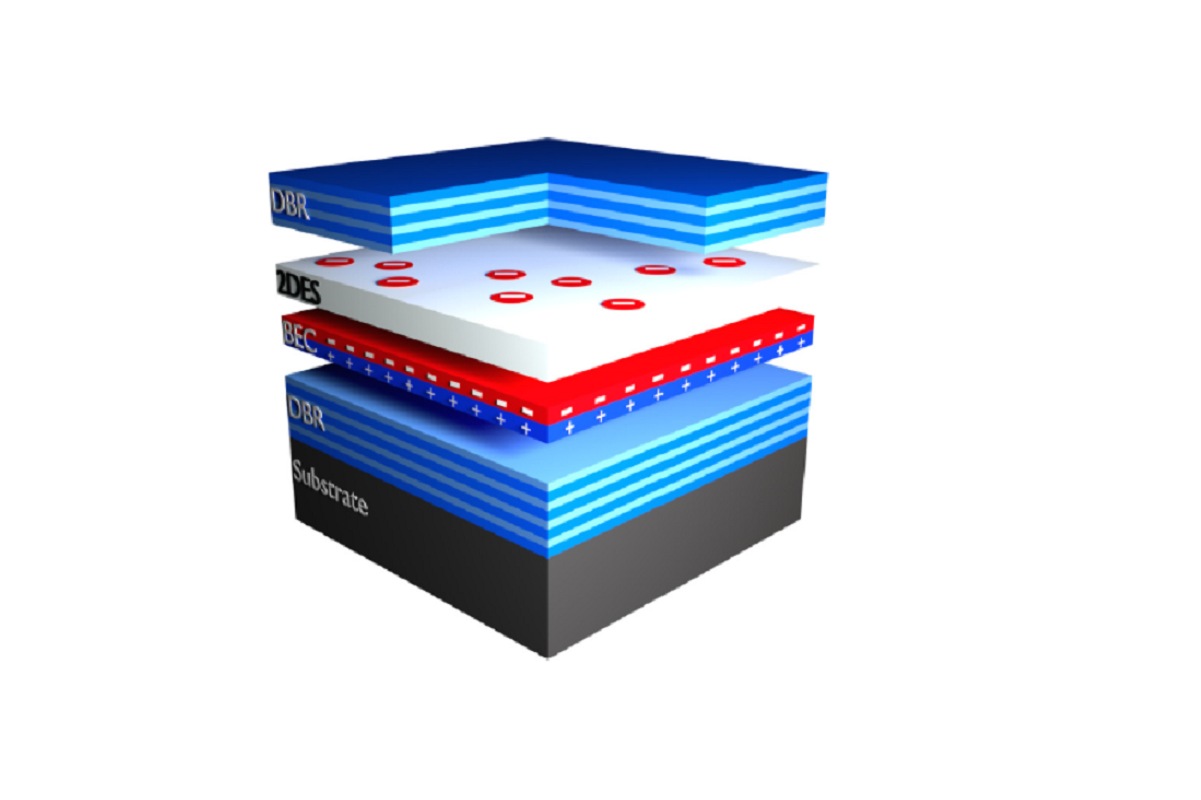Physicists from Russia predicted the appearance of superconductivity at room temperature

A group of theoretical physicists from Russia working at St Petersburg University, as well as the universities of London and Southampton (Great Britain) predicted that light and aluminum would help to make superconductivity real at room temperature.
The results of the research, which will make it possible to create new generation electric motors and quantum computers, have been published in the prestigious scientific journal Physical Review Letters.
Heavy-duty electric motors, simulated weightlessness, a fully functional quantum computer and many other “miracles” will become possible when materials with zero electrical resistance (current superconductivity) are invented under conditions that are comfortable for human activity. It is then that the dream of scientists and businessmen will come true: using superconducting power lines it will be possible to deliver energy without loss to any point of the Earth.
The staff of the Spin Optics Laboratory named after I.N. Uraltsev, St Petersburg University, headed by Professor Alexey Kavokin, proposed the design of a multilayer crystal structure whose electrical resistance should turn to zero when irradiated with a laser.
Until now, the superconducting state has not been possible to be reached higher than at 70°C below zero and the new method will enable to significantly increase this temperature.
The idea of light-induced superconductivity, that is one appearing in the presence of light, was first voiced by Alexey Kavokin, Ivan Shelykh (ITMO University and the University of Iceland) and Fabrice Laussy (Russian Quantum Centre and the University of Wolverhampton, the UK) in 2010. Then a series of their works on the connection between superconductivity and the condensate of polaritons, i.e. quasiparticles of liquid light, evoked a wide response in the scientific community.
In 2016, theoretical studies of this topic were published by scientific groups from Harvard (the USA) and Zurich Polytechnic School (Switzerland). The first experimental data on light-induced superconductivity also appeared in the same year. The results of the experiments conducted by Andrea Cavalleri’s group (Germany) were published in the journal Nature.
Superconductivity in a hybrid Bose-Fermi system
The new findings of the Russian scientists add a key element to the theory of superconductivity: it turned out that the most promising for the realisation of light-induced superconductivity are the structures containing long-studied superconducting metals such as aluminum. When illuminated by laser light, the aluminum layer bordering the semiconductor structure of a special design should become a superconductor at a much higher temperature, possibly close to room temperature.
The Alexei Kavokin’s group continues its work, planning to obtain experimental verification of the proposed theory.

